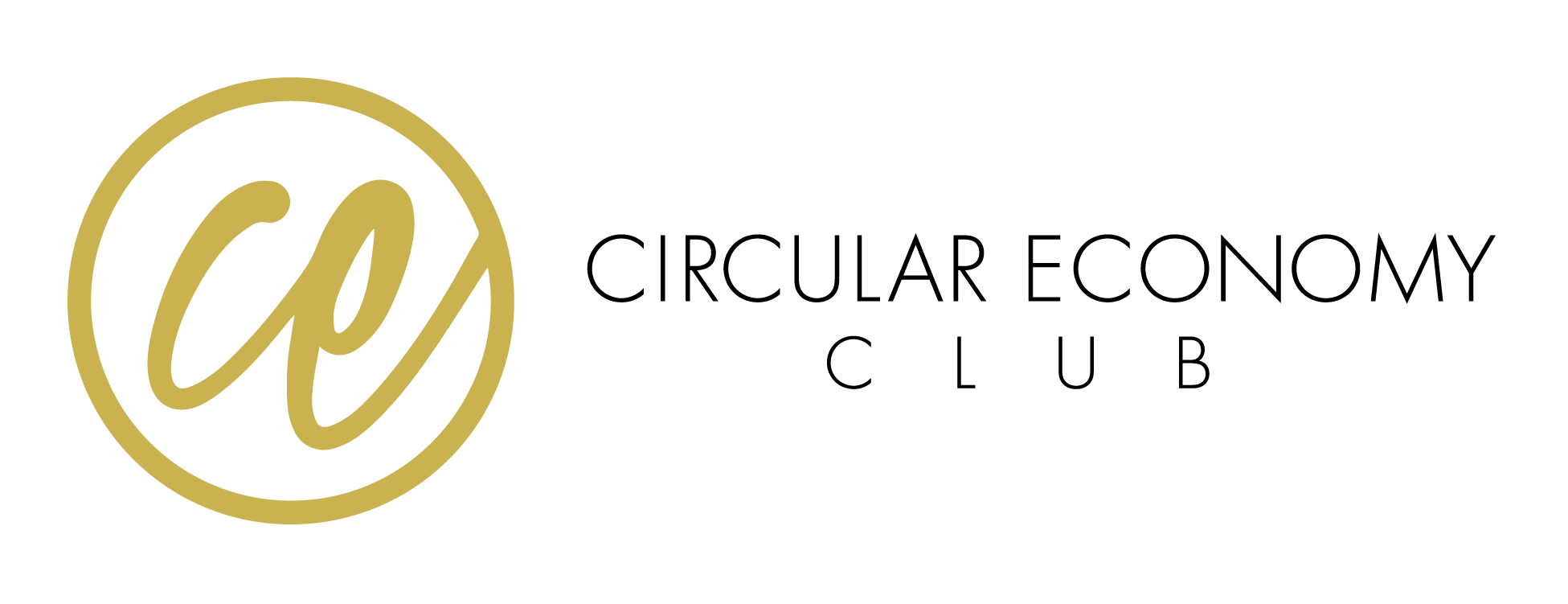-
How should we measure the performance of the circular economy?
This is one of the critical questions in the circular economy, since its objectives are substantially different from those in the traditional linear economy. This is why EASAC recently commissioned a number of projects on the circular economy, and why the report – Circular Economy Indicators – was produced.
-
The report is available for free in the Royal Irish Academy’s website (download here)
The Royal Irish Academy is a member of the European Academies Science Advisory Committee (EASAC ). EASAC is formed by the national science academies of the EU Member States to enable them to collaborate with each other in giving advice to European policy-makers.
In this report EASAC has analysed the ways to assess progress towards the circular economy in the European Union and shares its insights on the indicators that are most needed in Europe.
-
This report considers basic drivers for shifting from a linear to a circular economy and the demand for related indicators
Recognising that relatively well developed sets of indicators already exist to capture environmental and resource perspectives, it concludes that a broader indicator set is desirable to capture links with sustainability and to specific policy objectives, public awareness of the global effects of EU production and consumption, industry solutions, and water use and reuse.
Major priorities in the circular economy are the decoupling of resource use and environmental impact from economic activities; measurement of resource efficiency and waste reduction, and tracking material flows is thus a key component. However, such basic concepts do not capture the environmental impact of resources extraction and use, or the objective of more efficiently using goods, including repairing and reusing.
-
The report reviews in detail the indicators recently proposed in different fields and assesses their relevance for the circular economy
The indicator sets considered include those from the United Nations Environment Programme (UNEP), United Nations Development Programme (UNDP), Global Reporting Initiative, World Bank, Yale and Columbia Universities, Eurostat, Ellen MacArthur Foundation, European Union (EU) Resource Efficiency Scoreboard and European Innovation Partnership. Economy wide material flow analysis is given particular attention.
In addition, the report notes that owing to the linkages between the circular economy, human well-being and sustainable development, the indicators for monitoring progress towards a more circular economy can be included in the wider debate on developing alternatives to gross domestic product (GDP), where the Commission’s circular economy indicators, ‘Beyond GDP’, sustainable development indicators and environmental pressure index actions are involved. Case studies are presented on indicators in the Chinese and Japanese circular economy initiatives.
EASAC hopes this analysis will provide the Commission with useful hints for developing an indicator set appropriate for monitoring the circular economy.
In view of the emphasis in the circular economy package on economic outcomes (global competitiveness, sustainable economic growth and new jobs), data on cost reduction and economic benefits of circular activities are desirable.
-
These could include indicators of social change, infrastructure, human resources and changes in business models, and the scale of economic activities related to the circular economy (employment, circular economy-related business)
Ms Geraldine A. Cusack, from Siemens Ireland, was the Academy nominee to the EASAC project group which produced the indicators report, and Ms Cusack held a Breakfast Briefing on the report for local stakeholders in Ireland on the 14th March 2017. Here you can find the slides of the briefing.
-
-
-


